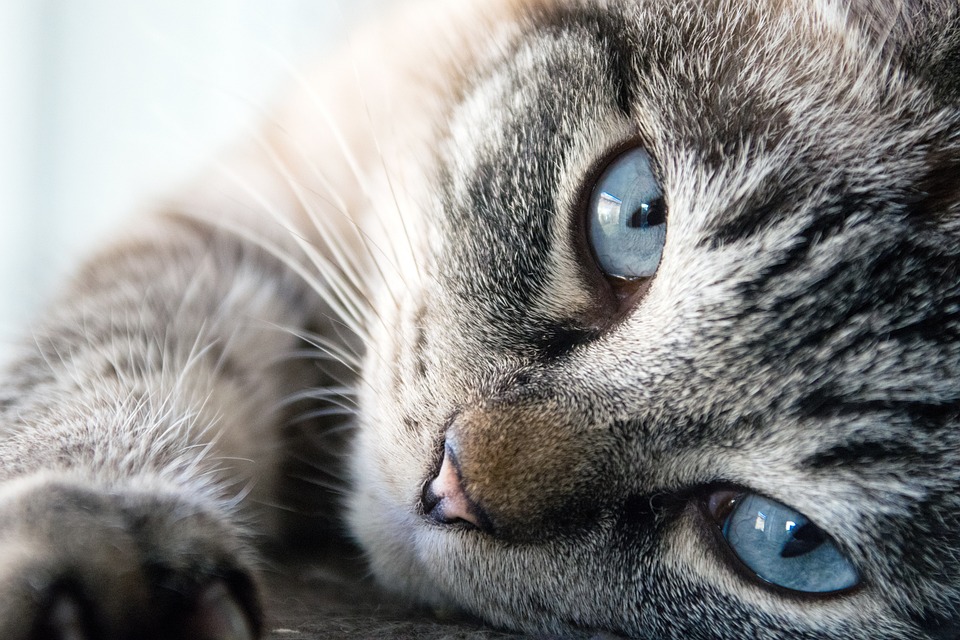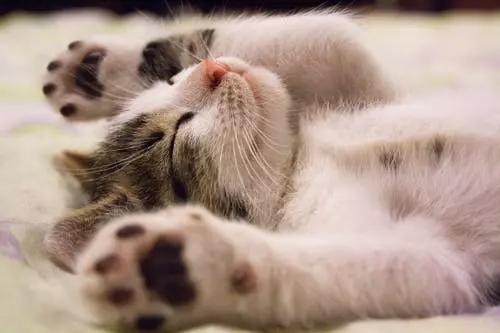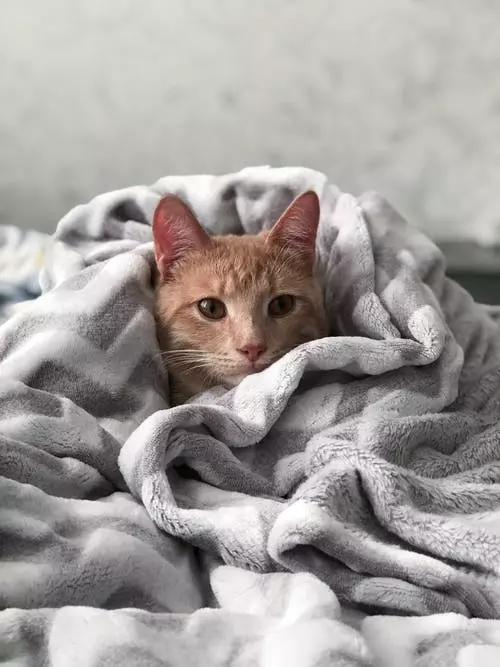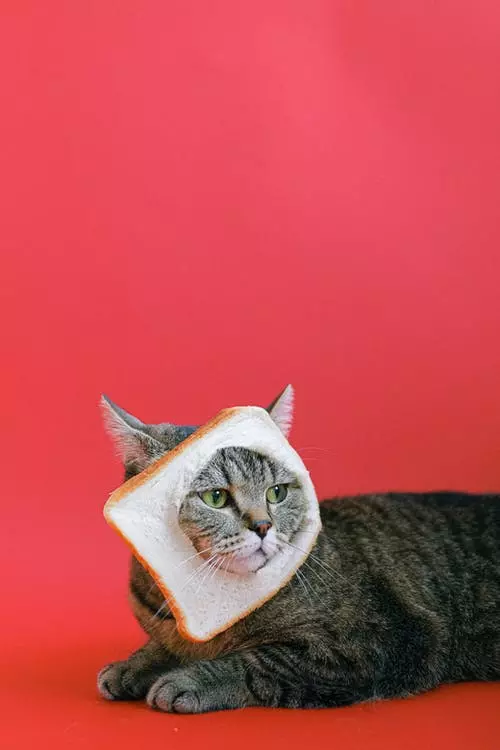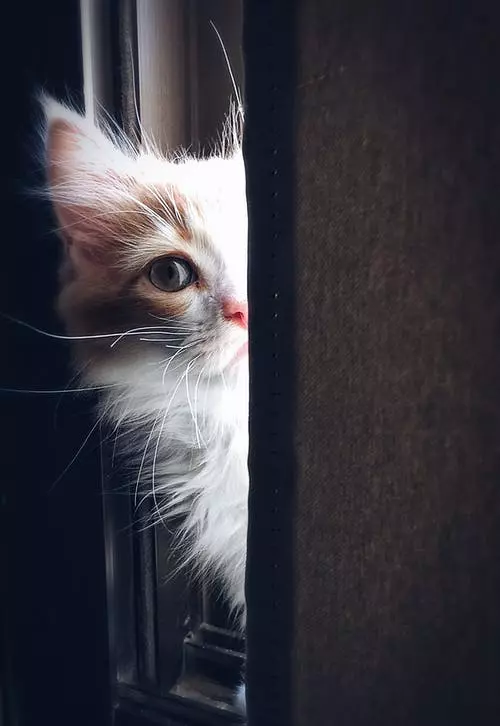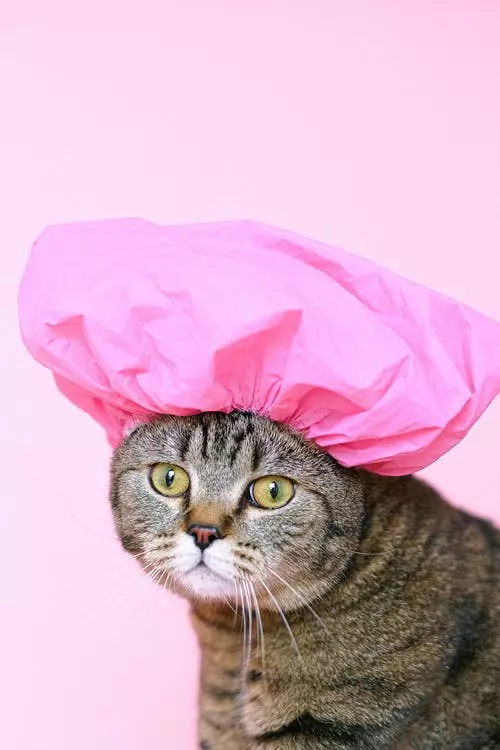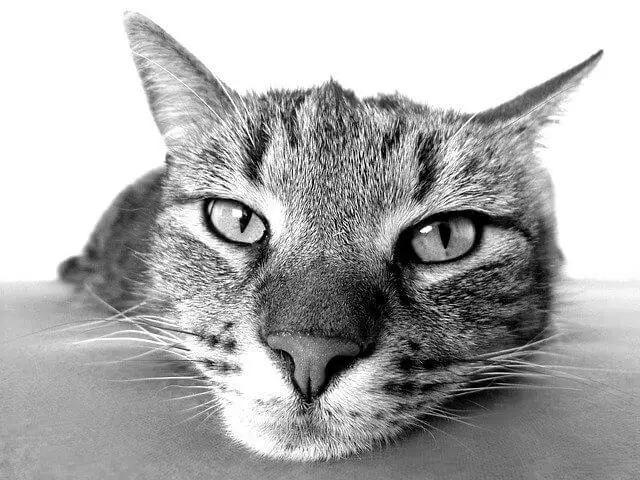Cats are known for their independent nature, spending a significant portion of their day lounging and napping. However, regular exercise is crucial for a cat’s overall health and well-being. Engaging your feline friend in physical activity can help prevent obesity, manage stress, and promote mental stimulation. In this article, we will discuss various ways to encourage regular exercise for cats, ensuring they lead a happy and healthy life.
Why is Exercise Important for Cats?
Regular exercise offers numerous benefits for cats, both physically and mentally. Let’s explore why exercise is essential for your furry friend:
1. Weight Management: Just like humans, cats can struggle with weight gain. Regular exercise helps burn calories and maintain a healthy weight, reducing the risk of obesity-related health issues.
2. Muscle Tone and Strength: Exercise promotes muscle development, keeping your cat agile, flexible, and strong. It also aids in maintaining joint health and mobility.
3. Stress Relief: Physical activity helps cats release pent-up energy and reduces stress levels. Exercise encourages relaxation and can alleviate anxiety or destructive behaviors.
4. Preventing Boredom and Behavioral Issues: Cats are natural hunters, and without sufficient exercise, they may become bored, leading to behavioral problems like aggression or excessive meowing. Engaging your cat in regular exercise provides mental stimulation and prevents boredom.
Now that we understand the importance of exercise for cats, let’s explore some effective ways to encourage them to stay active.
1. Interactive Toys and Treat Dispensers
Interactive toys and treat dispensers are excellent tools to engage your cat in physical activity. These toys often require your cat to chase, bat, or solve puzzles to access treats or toys hidden inside. They provide mental stimulation and encourage your cat to move around actively. Some popular interactive toys include puzzle feeders, treat balls, or feather wands.
2. Feather Wands and Laser Pointers
Feather wands and laser pointers are irresistible to most cats. Use a feather wand to mimic the movements of prey, allowing your cat to indulge in their natural hunting instincts. Similarly, a laser pointer can create a moving dot for your cat to chase. Remember, when using a laser pointer, always end the play session with a physical toy or a treat to provide a sense of closure.
3. Cat Trees and Climbing Structures
Cats love to climb and perch at elevated spots. Providing a cat tree or climbing structures not only enhances their environment but also encourages exercise. These structures often have multiple platforms, scratching posts, and hiding spots, enticing your cat to climb, jump, and explore.
4. Regular Play Sessions
Dedicate specific times each day for interactive play sessions with your cat. Use toys that mimic prey movements, such as small mice or balls, to engage their hunting instincts. Playful activities like chasing, pouncing, and batting will keep your cat active and entertained.
5. Controlled Outdoor Access
If you have a secure outdoor area, consider providing controlled access for your cat. Outdoor exploration allows cats to engage in natural behaviors, such as climbing trees or chasing insects. Ensure your outdoor area is escape-proof, free from potential dangers, and always supervise your cat during outdoor time.
FAQs (Frequently Asked Questions)
Q: How long should I play with my cat each day?
A: Cats require at least 15-20 minutes of active playtime, twice a day. However, individual exercise needs may vary based on age, breed, and health conditions. Observe your cat’s behavior and adjust playtime accordingly.
Q: What if my cat doesn’t seem interested in playing?
A: Cats have unique personalities, and some may be less enthusiastic about playtime. Experiment with different toys, techniques, or play environments to find what engages your cat the most. Patience and persistence are key.
Q: Can I encourage exercise through feeding routines?
A: Yes, you can provide mental stimulation and encourage exercise by using puzzle feeders or food-dispensing toys. These toys make cats work for their food, engaging their natural hunting instincts.
Q: Are there any health concerns or limitations for exercise in cats?
A: It’s important to consult with your veterinarian before starting an exercise routine, especially if your cat has any pre-existing health conditions. For older cats or those with mobility issues, low-impact exercises, such as gentle play or supervised walks, may be more suitable.
By incorporating these exercise techniques into your cat’s daily routine, you’ll help keep them physically active, mentally stimulated, and content. Remember, each cat is unique, so experiment with different activities to find what works best for your feline companion. Happy exercising!

